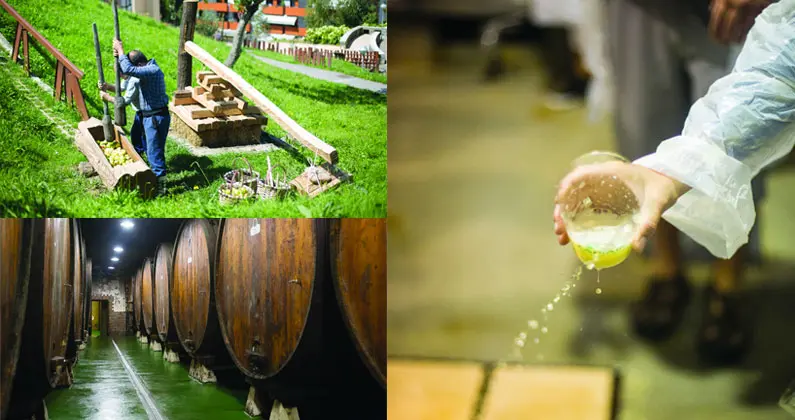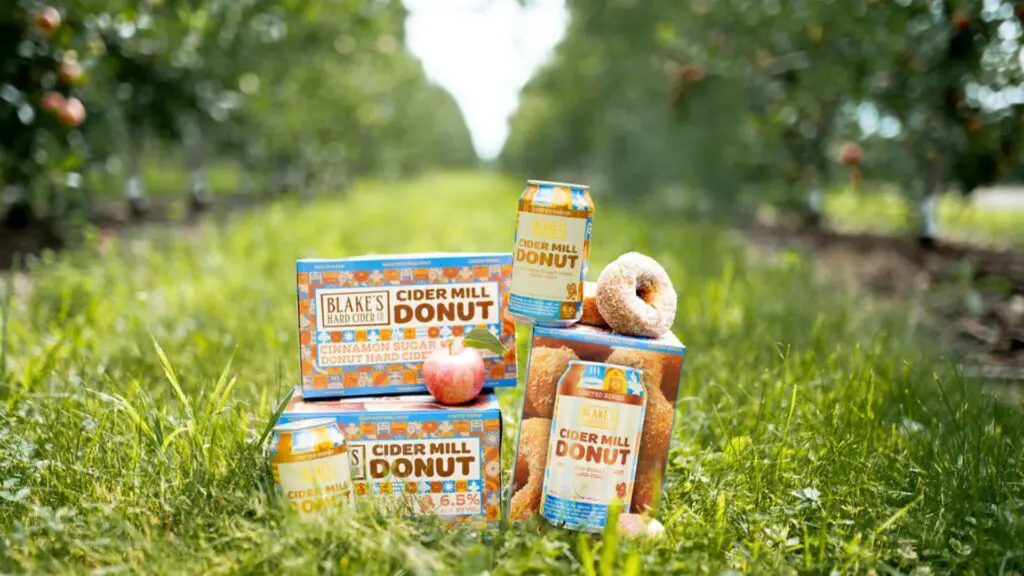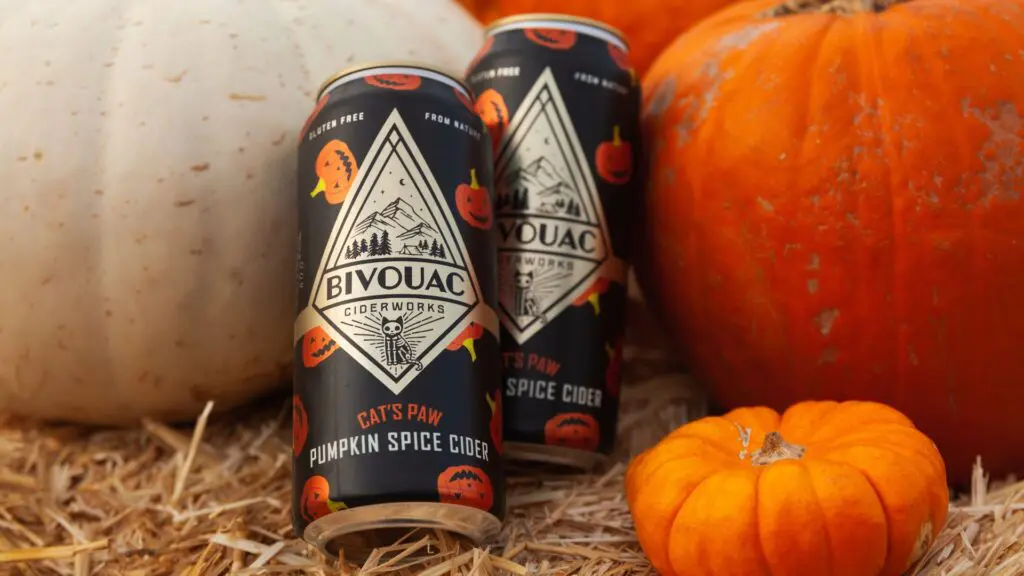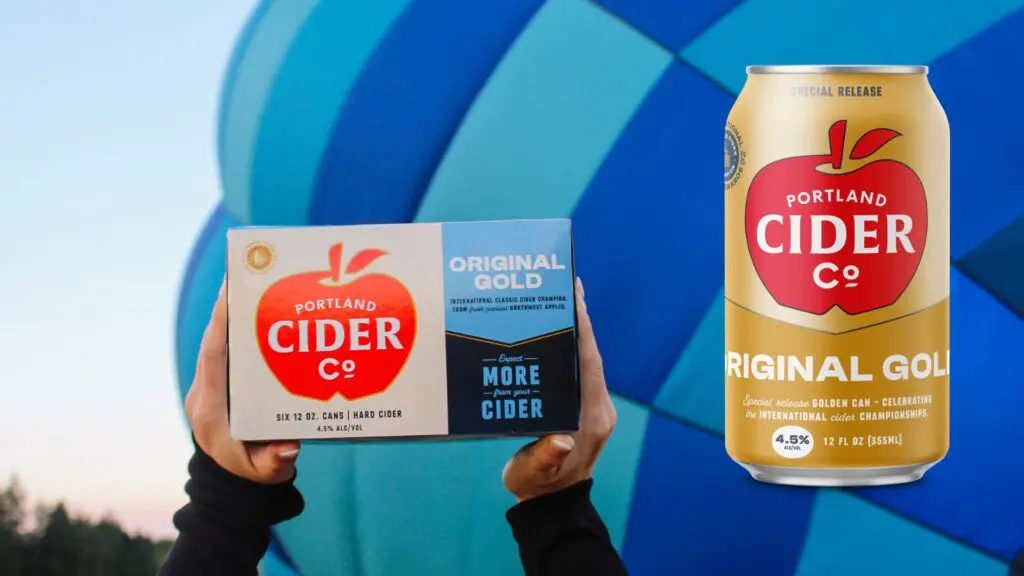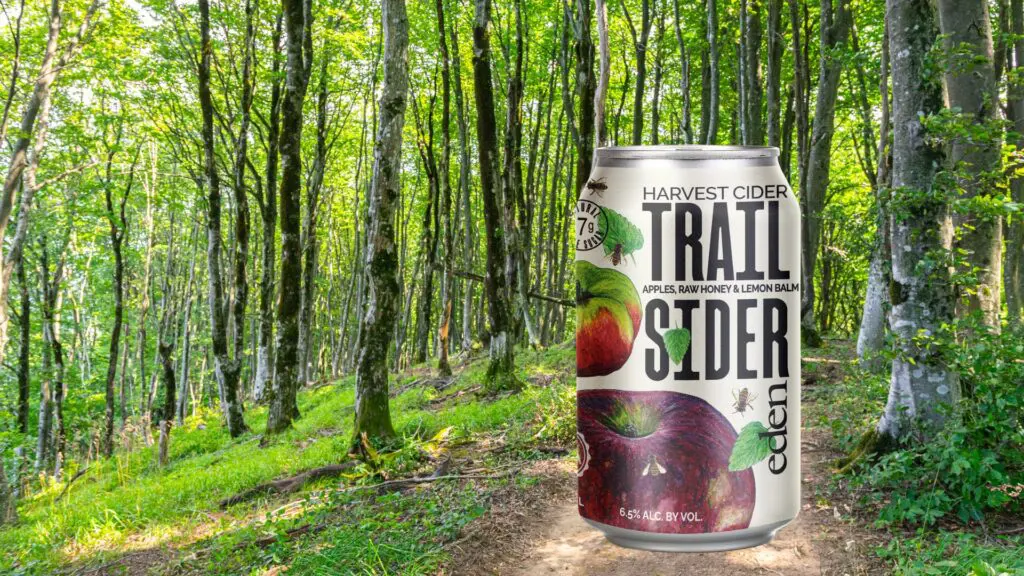By Ty Hillis
Photography by Bill Bradshaw
The world of craft cider is a large and diverse one. Much like a library of books, there is an endless amount of variety in the type of cider that is available. You have certain authors that you gravitate towards, checking to see if they have put anything new out, and you also have genres that you prefer, in which you may try different authors but keep to the same style. But on occasion, you go out on a limb and try both a brand new author, and a brand new genre.
Well, if your everyday cider is getting as stale as Stephan King is getting to me (five books in a row by the same author is never healthy), then it may be time to try something new. Today we will be looking at a style of cider relatively unfamiliar to North America. As the name implies, Basque-style ciders come from the Basque region of Spain. The earliest record of cider making in Basque Country comes from correspondence between royalty and a monastery in 1014. Since then, they have developed a style of cider completely unique to them.
Traditionally still, these ciders are poured from above the head into a glass at waist level in order to stir up a bit of carbonation before drinking. They use natural fermentation and are often paired with cod-omelets. The unique, sour taste is one to get used to, but it offers a great change to the everyday cider that we have grown accustomed to.
Since this style of cider is still relatively unknown in the United States, most of these ciders are harder to come by. They may be imported via online ordering or in specialty shops.
Bereziartua Sidra || Cider has been a tradition since 1870 for the Bereziartua family. Located in the heart of Basque Country, the Bereziartua recently updated all of their equipment to accommodate for the increased popularity of cider around the world. Sticking to traditions, they handpick fresh apples, crush and press them, and let the juice ferment for five months in kupelas (wooden barrels). The result is an unfiltered, slightly effervescent cider with peach and orange blossom aromas.
Isastegi Cider || Somewhat new to the cider business (in Spanish terms, not in U.S. terms) Isastegi began producing cider for the general public in 1983. Before then, it was a family drink that got so good it was decided it should be shared. The cider features over a dozen apple varieties pressed together to make a delicious, unfiltered cider.
Sarasola Sagardoa || One of the more popular Basque ciders in America, the Sarasola family is now producing upwards of 120,000 liters of its cider a year. Hailing from a region known as Zabalgaina, 75 percent of the apples used in Sarasola Sagardoa cider are from their own farm, with the other 25 percent from neighboring plantations.
Cider Zapiain || With cider making lineage dating back to 1595, Zapiain began full-scale cider production in 1961 and has been growing ever since. With the inclusion of French and European apples added to their own, the Zapiain cider is a golden yellow, soft acidic drink that pairs well with traditional Spanish tapas.

